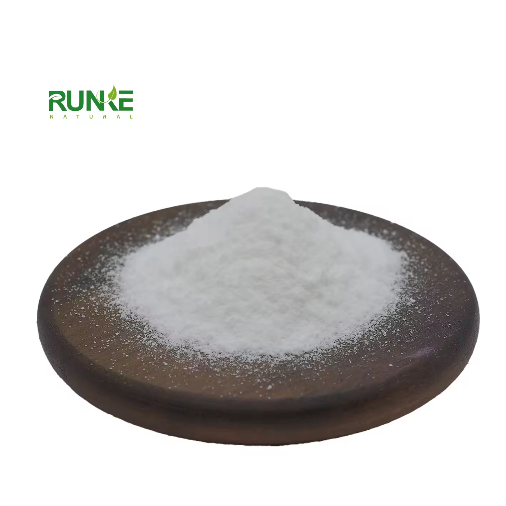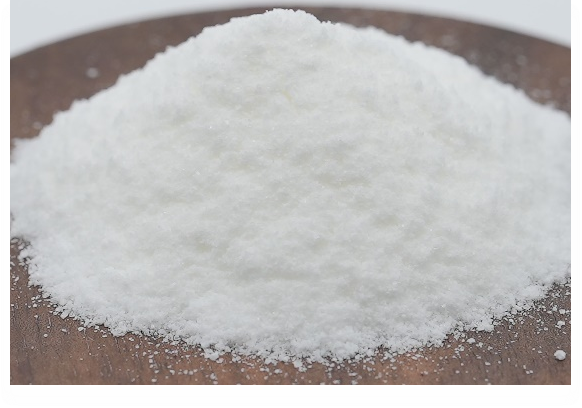Matrine is made from the dried roots, plants and fruits of the leguminous plant Sophora flavescens Ait by extracting it with organic solvents such as ethanol. It is an alkaloid, generally total alkaloids of Sophora flavescens, and its main components are Sophora flavescens. Alkaloids, sophorocarpine, oxysophocarpine, sophoridine and other alkaloids, among which matrine and oxymatrine have the highest content. Other sources are Sophora subprostrata (shandougen), and the aerial parts of Sophora alopecuroides.


Commonly used preparations: 0.3% matrine aqueous solution, 1% matrine alcohol solution, 0.2% matrine aqueous solution, 1.1% matrine powder, 1% matrine soluble liquid.
Product features and prevention targets: Matrine is a natural plant pesticide with low toxicity to humans and animals. It is a broad-spectrum pesticide with contact and gastrotoxic effects. It has obvious control effects on armyworms, cabbage caterpillars, aphids and red spider mites on various crops.
Matrine uses
Clinical medicinal use
1. Diuretic effect: As a medicinal plant with diuretic effect, Sophora flavescens has a history of more than 2,000 years according to the "Dictionary of Traditional Chinese Medicine". Its main functions are heat-clearing, diuretic, insecticidal, and dampness-removing. It also has anti-viral, anti-tumor and anti-allergic properties, among other functions.
2. Anti-pathogen effect: The decoction has an inhibitory effect on Mycobacterium tuberculosis at high concentration (1:100) in the test tube. Decoction (8%) water decoction has varying degrees of inhibitory effects on some common skin fungi in vitro.
3. Other effects: Injection of matrine into rabbits: central nervous system paralysis, convulsions, and eventually death due to respiratory arrest were found. Injection into frogs: initially excited, then paralyzed, breathing becomes slow and irregular, and finally convulsions, resulting in respiratory arrest and death. The onset of spasms is due to spinal reflexes.
4. Anti-hepatitis B and C virus effects of oxymatrine. Oxymatrine has shown strong antiviral activity against HBV in vitro and in animal models. It also has anti-HBV effects in humans. It has been There are many reports of its use in the treatment of chronic viral hepatitis.
Agricultural applications
The matrine pesticide used in agriculture actually refers to all the substances extracted from Sophora flavescens, called Sophora flavescens extract or total alkaloids of Sophora flavescens. In recent years, it has been widely used in agriculture and has good control effects. It is a low-toxicity, low-residue, and environmentally friendly pesticide. It mainly controls various pine caterpillars, tea caterpillars, cabbage caterpillars and other pests. It has multiple functions such as insecticidal activity, bactericidal activity, and plant growth regulating function.
Characteristics of matrine as a biopesticide:
First of all, matrine is a plant-derived pesticide that is specific and natural. It only affects specific organisms and can be rapidly decomposed in nature. The final products are carbon dioxide and water. Secondly, matrine is an endogenous chemical substance in plants that is active against harmful organisms. It is not a single component, but a combination of multiple groups with similar chemical structures and multiple groups with dissimilar chemical structures, which complement each other and work together. Thirdly, due to the joint action of multiple chemical substances, matrine is less likely to cause harmful substances to develop resistance and can be used for a long time. Fourth, the corresponding pests will not be directly and completely poisoned, but the number of pest biological populations will not be seriously affected by the production and reproduction of the plant population. This mechanism is very similar to the principles of pest control in the comprehensive prevention and control system that have been developed after decades of research after the protective side effects of chemical pesticides became apparent. In summary, the above four points can show that matrine is significantly different from general highly toxic and high-residue chemical pesticides, and it is very green and environmentally friendly.
Application of matrine in agriculture:
Matrine is made from the roots, stems and leaves of the Chinese herbal medicine Sophora flavescens by extracting it with organic solvents such as ethanol. It is an alkaloid, generally total alkaloids of Sophora flavescens. Its main ingredients include matrine, oxymatrine and sophora chinensis. Alkali, oxysophocarpine, sophoridine, etc., with matrine and oxymatrine having the highest content. Matrine is a natural plant pesticide. Once a pest comes into contact with this drug, it will paralyze the nerve center, then solidify the protein of the insect body, block the pores of the insect body, and suffocate the pest to death. This product is low-toxic to humans and animals and is a broad-spectrum insecticide. agent, has stomach poisoning and contact killing effects. In line with the direction of sustainable agricultural development, domestic matrine preparations currently include 0.3% matrine aqueous solution, 0.8% matrine lactone aqueous solution, 1% matrine solution, 1.1% matrine solution, and 1.1% matrine solution. Alkali powders, etc., these botanical agents have been used to control some pests in vegetables, fruit trees, tea, tobacco and other crops and achieved good control effects.
It has ideal control effects on vegetable sucking insects such as aphids, lepidopteran insects such as cabbage caterpillars, tea caterpillars, diamondback moths, tea green leafhoppers and whiteflies. In addition, it also has good control effects on vegetable downy mildew, blight, and anthracnose. It's worth keeping an eye on the development.
Main pests to be controlled:
1. For forest leaf-eating pests such as various pine caterpillars, poplar larvae, and American white larvae, spray them evenly with 1000-1500 times of 1% matrine soluble liquid during the 2-3 instar larvae stage.
2. Spray 800-1200 times of 1% matrine soluble liquid evenly on fruit tree leaf-eating pests such as tea caterpillars, jujube butterflies, and golden streaked moths.
3. Rapeseed caterpillar: Approximately 7 days after the peak of adult spawning, apply pesticides when the larvae are in the 2-3rd instar. Use 500-700 ml of 0.3% matrine aqueous solution per acre and add 40-50 kg of water for spraying. This product has good effect on young larvae, but is less sensitive to 4-5th instar larvae.
Note: It is strictly prohibited to mix it with alkaline pesticides. This product has poor quick-acting effect. It is necessary to predict the pest situation and apply pesticides to prevent and control pests in their early stages.
Post time: Feb-05-2024


